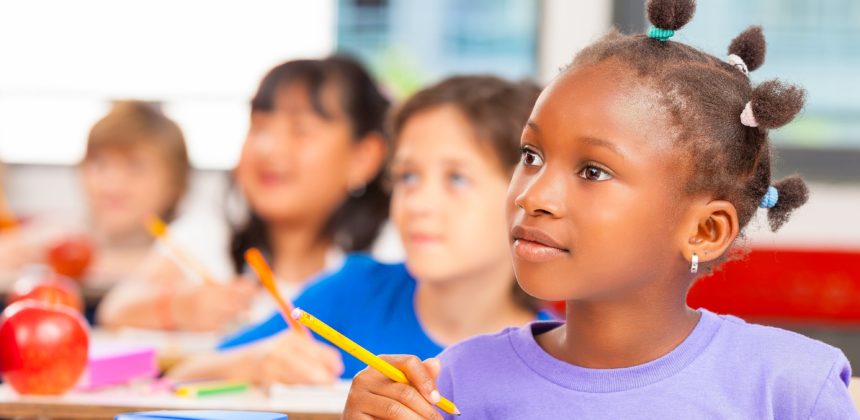
(Photo from Oxford Learning)
Flexible Learning for Open Education:
The main ideas of this weeks discussion center around the how we can make content more inclusive, which begins begins with understanding that alternative methods of creating content so that everyone is able to participate in their own individual learning processes as well as meet their learning goals simultaneously. When we make content and material more configurable and specific for students we increase their potential for success (FLOE).
Key Components:
◊ Learners Learn Differently
Full potential and maximum success derive from the learners ability to minimize the constraints of their own personal learning experience; reducing these barriers is the job of the educator when they are creating content. The educator must keep all of these ideas in mind as they can help students to overcome these hurdles simple in the design of the material.
◊ Personalized Experience
Learners learn best when their learning processes and experiences are tailored to their specific learning needs; ie: when teachers give options or students have input on their learning processes or are given choice within their assignments. This allows for students to choose what best suits their potential for success. In this digital age, it is in everyone’s best interest to utilize digital content that can assist these leaning needs. Content and the learning process that go hand in hand must be planned with more flexibility to encompass all those that will participate.
◊ Accessibility is IMPORTANT
Accessibility means that the system allows for the environment to adapt and or accommodate the needs and specific learning needs of the individual. Technology in the classroom sees to it that these needs are met. Technology is accessible anywhere and at anytime to most individuals (though we should acknowledge that there may be internal and external factors that sometimes prohibit this). The technology and the information that is coupled should be broad and mindful of the learners and the audience adhering to its instructions; the material should be conforming to the individuals needs. Further, we must remember that OER’s that look accessible to one group, may not be accessible to another; the focus should be on content and the learning process.
◊ So is born the “One fits One” Approach
This kind of diversity among design is essential to the future of learning; individualized resources will create the greatest probability for success among learners. The main goal of inclusive educations and these online learning resources is to open the educational process so that everyone can see and try to reach their maximum potential with the fewest amount of roadblocks now matter what your unique circumstances. The diversity among humans is never-ending and co-designing resources that are meant to be individualized must include the perspectives of those who are struggling the most.
Difficult Concepts:
◊ Integrating Perspectives
The challenge that stands before educators, and a daunting task at that is how to properly incorporate the ideas and perspectives of everyone that is offering input, and specific learning needs. Of course, the task can be accomplished but the difficult concept being that translating all these different needs yet still challenging them as asking them to meet large learning outcomes can be tough. I have trouble when I wonder, how many variables can we possibly account for in one assignment without just simply tailoring to each individual student? Should that be the main goal? No specific criteria in the future, just broad opened ended material?
My Main Questions:
◊ How do we know that our content is adaptive ENOUGH? When there is a whole concept of navigating this “paradox”, we wonder how can we possibly do enough to change the system? How will we know that we are both challenging our students positively, and reducing their limitations? I am unsure of how to measure this goal.
References:
Flexible learning for open education (FLOE) Project website.
Leave a Reply